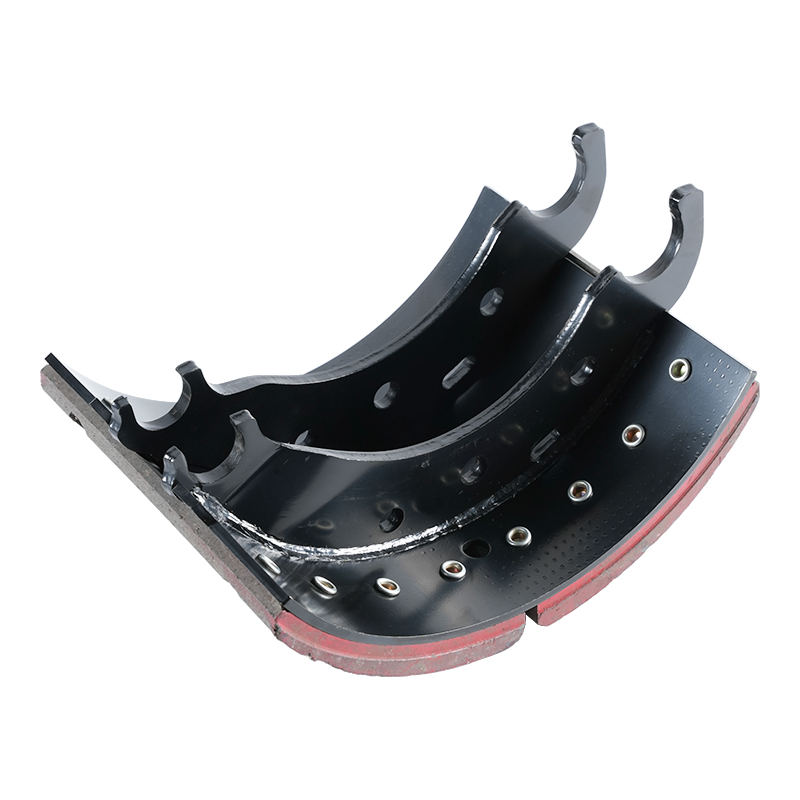The Role of Heavy-Duty Brake Shoes in Commercial Vehicles
 2025.01.02
2025.01.02
 Industry News
Industry News
Why Are Heavy-Duty Brake Shoes Essential for Commercial Vehicles?
Heavy-duty vehicles are designed to carry large amounts of cargo or passengers over long distances, often at high speeds. As such, the braking system in these vehicles must be able to handle increased stopping distances and heavier loads. Standard brake shoes, typically used in smaller, lighter vehicles, may not be sufficient to meet these demands.
Heavy-duty brake shoes are built with the strength and durability required to provide reliable braking performance in heavy-duty applications. They are engineered to withstand the increased friction and heat generated by the weight and speed of large vehicles. When these vehicles come to a stop, the brake shoes absorb and dissipate heat, ensuring that the vehicle remains in control during sudden stops, inclines, and other challenging driving conditions.
The Construction and Materials of Heavy-Duty Brake Shoes
The design and construction of heavy-duty brake shoes differ significantly from standard brake shoes. These shoes typically feature a steel or cast iron backing plate, which serves as the base for the shoe and provides structural integrity. The friction material, which is applied to the surface of the shoe, is the key element that enables braking.
Friction materials used in heavy-duty brake shoes are carefully selected to provide the ideal combination of high friction, durability, and heat resistance. Common materials include:
Ceramic: Known for its excellent heat dissipation and low dust production, ceramic is commonly used in heavy-duty brake shoes for its durability.
Semi-Metallic: This material offers a good balance of performance and cost. It contains metal filings that enhance the friction and heat resistance.
Non-Asbestos Organic (NAO): Made from a combination of organic fibers and resins, these materials are often used for their quieter operation and smoother braking.

Performance Under Extreme Conditions
One of the defining characteristics of heavy-duty brake shoes is their ability to perform well under extreme conditions. Whether it’s stopping a fully loaded truck on a steep hill or halting a bus at a busy intersection, heavy-duty brake shoes ensure that the vehicle responds effectively and safely.
High-temperature performance is a critical aspect of heavy-duty brake shoe performance. During braking, friction between the brake shoe and the brake drum generates significant amounts of heat. In heavy-duty applications, the heat load is much greater, which can cause standard brake shoes to fade or wear out quickly. Heavy-duty brake shoes are specifically designed to handle this increased heat without compromising their braking efficiency.
Maintenance and Longevity
The longevity of heavy-duty brake shoes is an important factor in their cost-effectiveness. Regular maintenance and timely replacement of brake shoes are crucial for ensuring that the braking system continues to operate efficiently. Fortunately, heavy-duty brake shoes tend to last longer than their lighter counterparts due to their robust construction and heat-resistant materials.
However, fleet managers should monitor brake shoe wear and replace them when necessary to avoid potential safety issues. Signs of worn-out brake shoes include reduced stopping power, unusual noises, or vibrations during braking. Regular inspection and proactive replacement of brake shoes can prevent these issues and ensure vehicle safety.

 Eng
Eng  中文简体
中文简体










